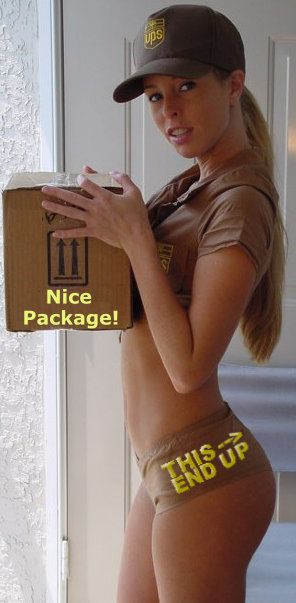
SAN FRANCISCO — Microsoft Corp (MSFT) wants video gamers to "finish the fight" when the last chapter of its "Halo" trilogy comes out next week, but a carefully crafted merchandising strategy will make sure Master Chief lives on for years to come. "Halo" is crucial to the success of Microsoft's Xbox video game business, which has lost billions of dollars since it was started in 2001 as a way to counter Sony Corp's (SNE) growing dominance.
Hailed by some as the "Star Wars" for Generation Xbox, the "Halo" franchise has spawned a mini-empire of licensed toys, clothing and tie-ins. The game features a space marine called Master Chief trying to save humanity from an alien army known as the Covenant.
For a company expected to post $57 billion in revenue this year, such licensing deals are little more than a rounding error. Yet Microsoft is driving to make the games division profitable this fiscal year, so every penny counts.
"'Halo' merchandise is a logical way to earn some extra revenue and they are trying to collect on as many fronts as they can to turn Xbox into a profitable business," said Matt Rosoff, an analyst with Directions on Microsoft.
The most important effect of new "Halo"-branded products, however, is to make people more aware of the game.
"We make money and making money is great because this is a business. But we want long-term money that satisfies the fan base, not money today," said Steve Schrek, director of franchise development at Microsoft.
Microsoft also hopes "Halo" will help it "finish the fight" against Sony, whose PlayStation 3 console has struggled in the United States since it made its debut nearly a year ago.
The PS3's high price — still $500 after a July cut — is the biggest factor behind its woes, but Sony has also failed to deliver a true "system seller" — a game so good that people will buy a particular console just to play it.
"Halo 3" is just such a title and Microsoft has kicked off an advertising blitz that includes evocative TV spots featuring live actors recalling events that happen in the game.
Transmuting "Halo" from geek spectacle to the mainstream is a challenge for a company more used to pitching operating systems and word-processing software than building consumer entertainment products.
Microsoft is wary of watering down "Halo," meaning it would rather walk away from deals for Master Chief pajamas or Covenant sippy cups.
"It's a balancing effort to be very, very careful that we don't over saturate and piss off our 15 million fans," said Brian Jarrard, franchise lead at Bungie, the game studio within Microsoft that created "Halo."
"We are obviously looking to broaden 'Halo' and make it accessible ... while at the same time, we want to keep feeding our core audience."
Microsoft had little experience in talking to toy makers and others about how to transfer an on-screen experience to real objects. But such experts exist in the licensing arms of movie studios, so Microsoft partnered with 20th Century Fox to act as the main licensing agent for the "Halo" brand.
Items that did not make the cut were a "Halo"-themed lottery ticket, lingerie modeled after a female hologram character and toy guns based the game's weapons.
Instead, fans can expect high-quality action figures from McFarlane Toys, a tabletop game from WizKids Inc. and replica weapons for mature buyers.
"We're very clear with them that this is not about running out and carpet-bombing everything. This is figuring out how in 5 years we're hitting new customers as opposed to in 5 years nobody cares," Schrek added.















No comments:
Post a Comment